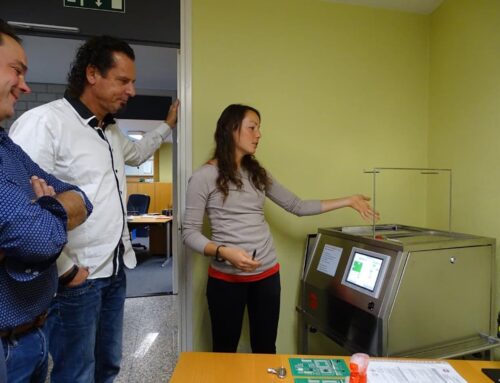Logistics is booming. Because of the COVID-19 virus more and more products are bought online, which have to be delivered to private individuals and companies. Below we would like to share a number of developments with you which could be inspiring for your own organisation.
Wal-Mart is a huge US retailer experimenting with autonomously driving cars built by Nuro. In the Houston, Texas area these cars are already on the road today. Wal-Mart customers who order goods online get these delivered to their homes by a Nuro. Wal-Mart’s plan is to roll out this home delivery system across the USA.
Distribution centres are automated more and more, and personnel will no longer play a key role anymore. Stock control and storage management can be further optimised by means of robots, cameras, artificial intelligence, sensor technology and self-learning algorithms. A recent innovation has been launched by Attabotics. The innovative warehousing system they have developed saves a lot of space and personnel costs. Racking, lanes and conveyor belts are becoming obsolete. They are making way for robots, namely so-called shuttle robots. The saving of time compared with a traditional system is phenomenal. Where a traditional distribution centre needs about 90 minutes to complete an order, this new system can do so in 90 seconds.
Block chain technology is playing a more and more important role in distribution centres and warehouses. The Internet of Things (IoT) and systems based on this, such as location sensors, and humidity and temperature gauges, make sure that managers have real-time information at any time about the products in stock and that management becomes much easier.
Machine-learning algorithms lead to a situation in which skills learnt by one machine can be shared with other machines worldwide. This creates enormous efficiency. One example of this is the company Covariant. This company has installed a robot in a warehouse near Berlin. All skills that this robot learns are shared all across the world with similar robots.
All these developments create a major shift with respect to needs for staff in distribution centres and warehouses. The forklift driver and the order picker will no longer be needed in the future. The future need for staff will gravitate towards those who are specialists in the field of data analysis, ICT, process analysis and maintenance of high-tech systems.










